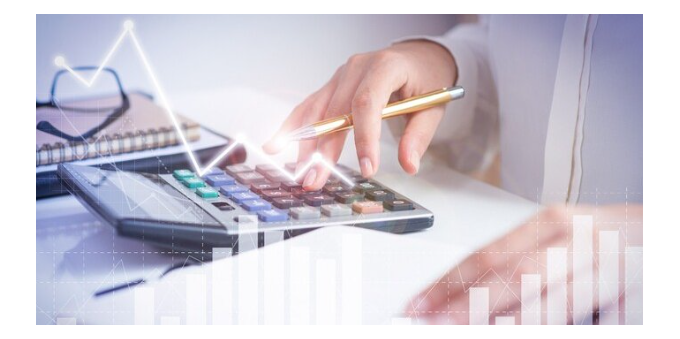Has the basic indicator of recessions, an inverted yield curve on two and 10-year T-bills, lost the ability to signal? Economists are scratching their heads.

One of the staples of economic forecasting might be broken. Perhaps, it just needs a slight adjustment. This staple is the yield curve, and it reflects in graph form how instruments with various terms to maturity, typically Federal Reserve two-year and 10-year bonds, differ in yield. The shape of these curves is indicative of investor expectations.
Whenever yields for short term debt exceed those for long term debt, the yield cure is said to ‘invert’. The shape on the graph will certainly change and one can see at a glance that the main attraction of lending for longer periods, namely greater yields, disappears. In this case, investors gain greater rewards for choosing shorter-term, and thus safer, instruments. Risk is discounted.
When the yield curve inverts, a recession is ‘always’ coming in the next 12 months or so. When the yield curve on Treasury bonds inverted in 2022, the assumption that this, plus geopolitical disruption, signaled a major recession. The news sparked a sentiment rush for negativity, and each next piece of bad news seemed to be the harbinger of the start of the recession, like the Lehman Brothers collapse did in 2008. However, the recession has not occurred, and U.S. employment indicators have turned for the better. What gives?
Opinions on the Yield Curve and its odd behavior
Figuring out what’s wrong with the yield curve has been a recurring topic in the financial press once the evidence of a recession failed to appear. This is not the first time that a recession has failed to appear on cue, but the last time that happened was before the yield curve had been described for the first time. Let’s take a look at some of the most current thoughts behind this unexpected economic expansion.
Chief Investment Officer and the self-righting curve
Larry Light, the Markets editor at Chief Investment Officer magazine, published an article on the yield curve in January 2024. In it, Light refers to those who think the curve will right itself based on signals given by the Federal Reserve that it will drop interest rates sometime in 2024. As this drop will affect short term rates the most, the curve will right itself. Also, the gap between the two and 10-year bonds is now only 26 basis points, as opposed to 152 points in Q3 2023.
Another opinion that Light explores is that the linkage between the yield curve and the economy is actually broken. Light quotes Duke University professor Campbell Harvey, who says that zero-interest rates and COVID changed the underlying conditions. Harvey, Light points out, discovered the yield curve in his 1986 PhD thesis.
Financial Times: which inversion?
Alexandra Scaggs, writing in Financial Times, looks at how the ‘real’ yield curve has been defined over the years. The desire to save the inverted yield curve warning leads economists to fine-tune the idea, or “increasingly baroque reformulations” as she call them.
This time, the idea promulgated is that the inflation-adjusted curve, or ‘real curve’, only flipped at the beginning of 2024. Proponents point to one prior recession where the inflation-adjusted curve flipped after the nominal flip occurred, namely 1969. If this is the case, then if the ‘real yield curve’ is not righted soon, then the recession is about 6 months away.
Is it broken, or just needing adjustment?
At this point, it is hard to tell whether the ‘real yield curve’ has greater explanatory power, or if other factors can explain the apparent break. Other indicators are pointing to a healthy U.S. economy. We will only know by the end of 2024.




